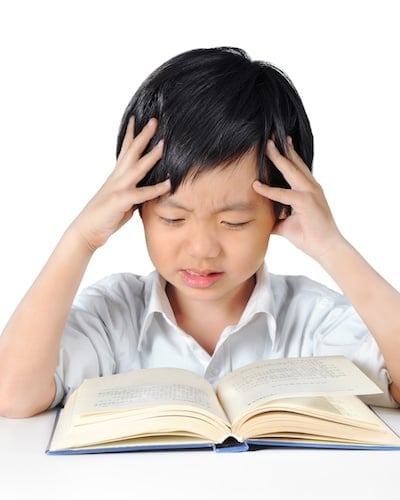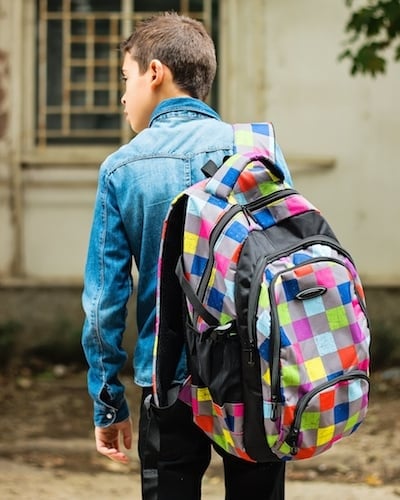I've been invited to speak at the upcoming Smart Kids Asia Expo
----
While backpacks are one of the most convenient and frequently used ways to carry books and school supplies, there are numerous precautions for selection and use. Doctors of Chiropractic have been offering constructive suggestions about this issue for many years.
Wearing backpacks improperly or carrying ones that are too heavy put children at increased risk for spinal injury. Postural compensations carrying the heavy loads are causing what chiropractors term repetitive stress injury to many children. The postural imbalances appear to be most significant with prepubescent female students because of the heavy load required to carry at their ages and the sensitivity of their developing spines at this time of life.
We know that back pain is the most common ailment among working Americans adults. Even more significant than back pain and associated injury is the implications that postural distortions have on nerve system function. These postural adaptations can cause spinal nerve stress. Stress to the nervous system can adversely affect numerous functions in the body leading to a wide array of health concerns.
Doctors of Chiropractic offer these tips for safe backpack use:
Wear both straps and avoid the one-strap styled back packs. Uneven distribution of the load causes postural compensations and spinal stress.
When putting on and removing backpacks, bend at the knees or have the pack at a higher level such as on a desk or table. Sudden twisting motion adds to the potential of injury.
Arrange the backpack so it rests evenly in the middle of the back. Shoulder straps should be adjusted to allow the child to put on and take off the backpack without difficulty and permit free movement of the arms. Straps should not be too loose, and the backpack should not extend below the lower back.
Keep the load at 10-15% or less of the student’s bodyweight. Carry only those items that are required for the day. Request additional textbooks to be kept at home instead of hauling heavy books to and from school.
Organize the contents of the backpack by placing the heaviest items closest to the back.
There are some ergonomically designed features in backpacks that enhance safety and comfort:
A padded back and shoulder straps will reduce pressure on the back, shoulders, and underarm regions, and enhance comfort.
Hip and chest belts help to transfer some of the backpack weight from the back and shoulders to the hips and torso.
Reflective material enhances visibility of the child to drivers in the evening hours.









